Let me begin by saying I apologize. I apologize to the Harriet Beecher Stowe Center, a recently designated National Historic Landmark, for the fact that I did not visit their wonderful museum and cultural resource during the first 46 years of my life, all of which I have lived in Connecticut and most of which I have lived less than fifteen minutes away.
Perhaps I would not have appreciated it as much five, ten or twenty years ago as I do today. Don’t they say timing is everything? Earlier this year I met Cindy Cormier, Project Curator for the Stowe Center, when I joined our local historic commission.

A fellow commissioner and new friend, Cindy generously agreed to give me a personal tour of the Stowe Center, which is composed of three buildings and their gardens: the Visitor Center, the Harriet Beecher Stowe House and the Katharine Seymour Day House.
Although of course I knew a bit of Harriet’s illustrious history as an abolitionist and world-famous author of Uncle Tom’s Cabin, my initial interest in visiting the Center was in seeing the two historic homes on the property. I learned within five minutes of speaking with Cindy that the Center is much more than beautiful historic architecture.
While the backdrop to the work that the Stowe Center is doing is the home where Harriet did some of her prolific writing, it’s what Harriet accomplished in her life and what the Center continues to do today that tells the important story.

Harriet’s original home in Hartford’s Nook Farm neighborhood was about a half mile down the street. Named Oakholm, Harriet found the eight-gabled mansion that she had built for herself and her family in 1864 to be much too large and too expensive to maintain.
Although she became quite wealthy due to her work as a writer, she decided that it made more economic sense to live in more modest albeit still very nice accommodations. So, along with husband Calvin and three of her seven children, she moved into the current Stowe home in 1873.
Harriet lived there until her death in 1896. Initially her home was not maintained as any sort of historic or important site. Harriet’s grandniece, Katharine Seymour Day, an inductee in the Connecticut Women’s Hall of Fame, was responsible for saving and restoring all of Nook Farm, including both the Stowe, Day and the neighboring Mark Twain House, as well as founding the Center and re-gathering the collection of Harriet’s things.

Historically (pun intended!), the Stowe Center provided tours focusing on the architecture of the homes and what it was like to live during that time period in addition to sharing some of Harriet’s history. That’s about to change in the coming year as the Stowe Center starts the challenging work of a full restoration of the Stowe House.
According to Cindy, the trend today at a number of historic sites is storytelling (of the non-fictional type) about the people who made the site important, not just about the physical structure itself. Of course the preservation of the architecture is still integral to the story and allows it to come to life, but it’s not necessarily valuable to visitors to state the obvious, such as “this is where Harriet bathed” or “this is where Calvin had his office”.

In just the hour I spent with Cindy, I learned so many interesting things about the woman who Harriet was and about the huge impact that Uncle Tom’s Cabin had in the world. The Center has and will continue to provide the history of that work while also applying it to current events in society today.
For example, the Center sponsors a program aptly named Salons at Stowe. In Harriet’s time, citizens frequently met in parlors, or salons, to contemplate and debate the issues of the day. In that tradition, the Center hosts “21st century parlor conversations” with knowledgeable speakers around such sensitive contemporary social justice issues as human trafficking, stereotyping, racism and domestic violence.

Additionally, in the tradition of Uncle Tom’s Cabin, the Center awards the Stowe Prize and Student Stowe Prize in alternate years to authors who make an impact through their writing on an important social justice issue. Last year’s recipient was Ta-Nehisi Coates, an American author, educator, blogger and national correspondent for The Atlantic.
The award was granted to Coates in June 2015 at the Center’s annual Tent Jubilee. His second book, Between the World and Me, which was released in July 2015, just won the 2015 National Book Award for Non-Fiction. Both he and the 2013 award recipient, Michelle Alexander, were named to the Politico 50 List in 2015. Looks like the Stowe Center knows how to pick ’em!

While most know about Uncle Tom’s Cabin, few know the extent of Harriet’s writing. She began writing at a young age and published her first works before marriage, continuing to write articles, essays and novels for over fifty years on non-fiction topics such as religion, history and even the domestic arts (the original Martha Stewart!) as well as fictional short stories and books.
Interestingly, Uncle Tom’s Cabin was initially intended to be a short series of installments in The National Era, an anti-slavery newspaper. It was so popular that she continued the installments until they were over forty in number. They were eventually serialized into the book we know today.

Harriet was the primary breadwinner in her home which was very rare at the time, and so not only did she have to write because she was compelled to, she had to write because she needed to financially. Her husband Calvin was a well-educated professional man, but his career path in theology and education was not as lucrative as hers.
She and Calvin had seven children, and as a parent her children were the driving force behind a number of her works. Only three of her seven children outlived her, so in her life she knew incredible personal tragedy and pain and she used that to spur her on for the greater good.
In particular, it was the loss of her infant son Charley at 18 months old during a cholera epidemic that made her empathize with the separation of children from their enslaved parents. It fueled her writing over the coming years.

The Harriet Beecher Stowe Center has something to offer everyone. History, architecture, books and more, including a place for those passionate about social justice to gather. Like Harriet, one person can make a difference, and the Stowe Center will encourage you to do just that.
If you are traveling from far away, be sure to see it along with the Twain house right next door with a reduced admission combination ticket.
If you are local, consider membership and come to the Stowe Center time and again for various tours offered throughout the seasons or interesting programming such as Salons at Stowe, author events and book talks. Pop into the museum shop for books and gifts from local sources, and if you are a Hartford resident you can visit for free any time you wish. Don’t wait 46 years!
Take a peek at some related posts down below before you leave and please subscribe on the upper right of the Home page.
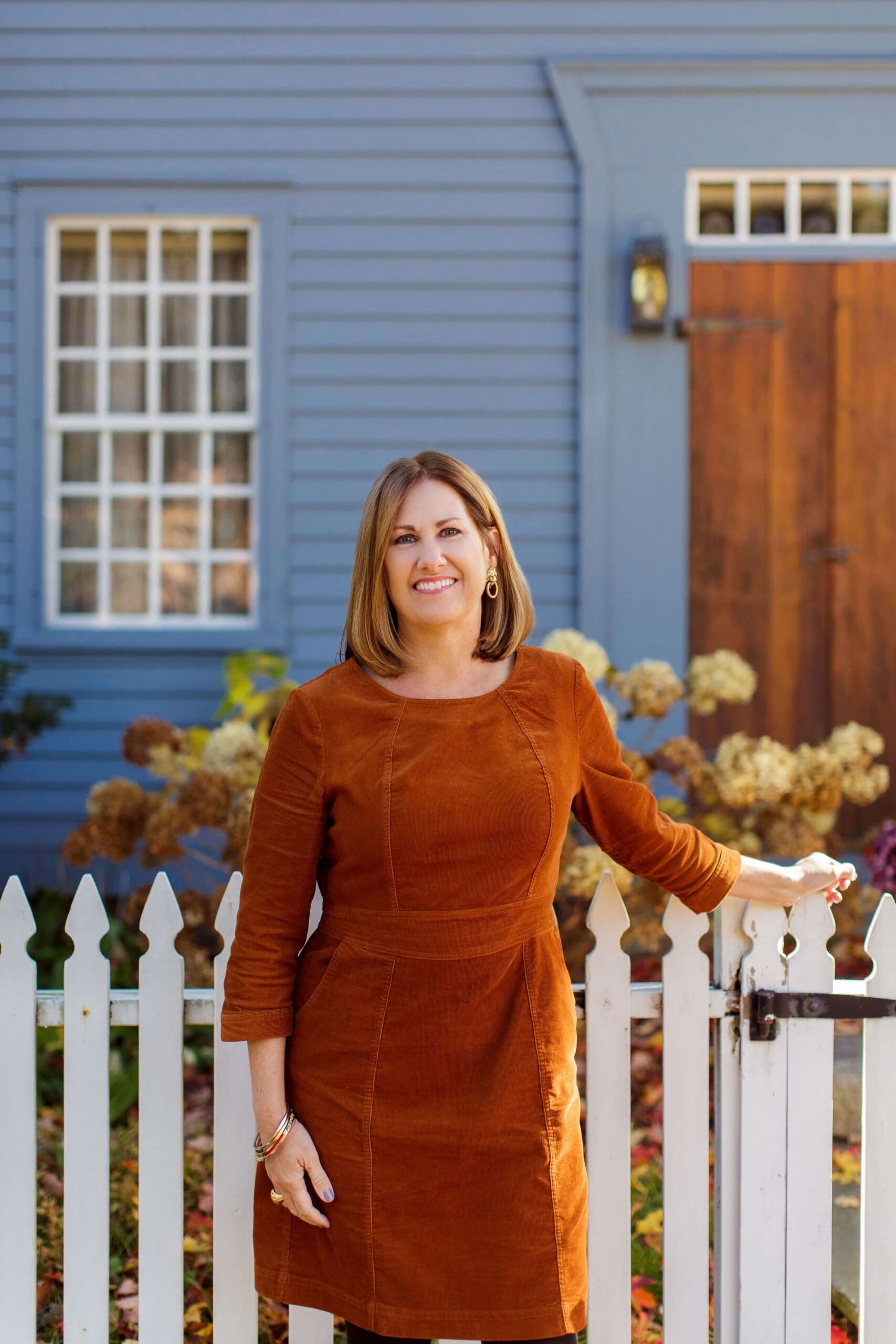
My name is Deb Cohen, and I am a lifelong resident of Connecticut, a lover of all things historic and New England, and a realtor who helps buyers and sellers achieve their real estate goals and dreams. When I’m not working, I enjoy life with my husband, our two adult children, and our two rescue pups. Renovating and decorating our historic home, dating to 1800, is another favorite pastime.

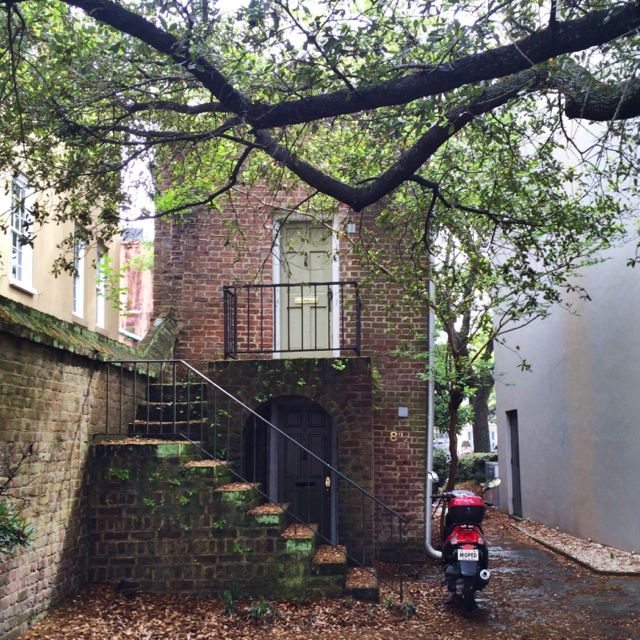
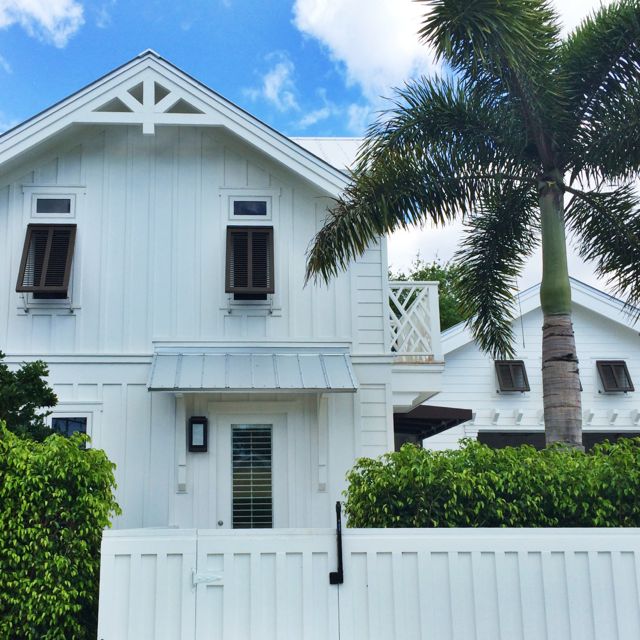

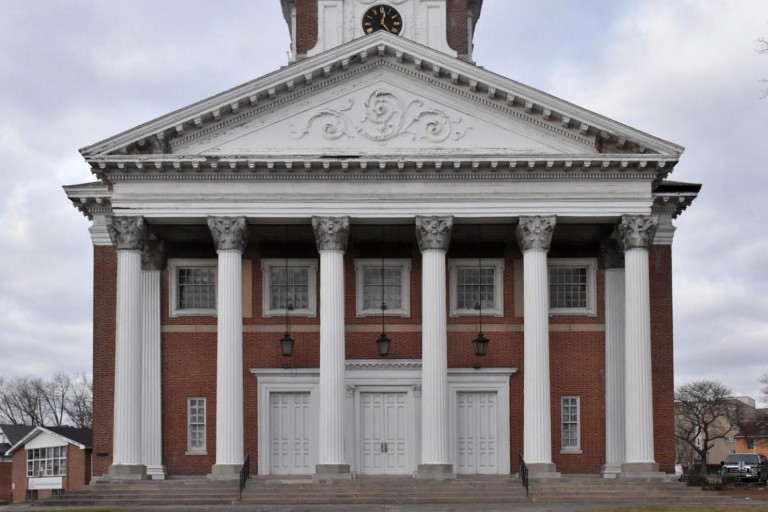

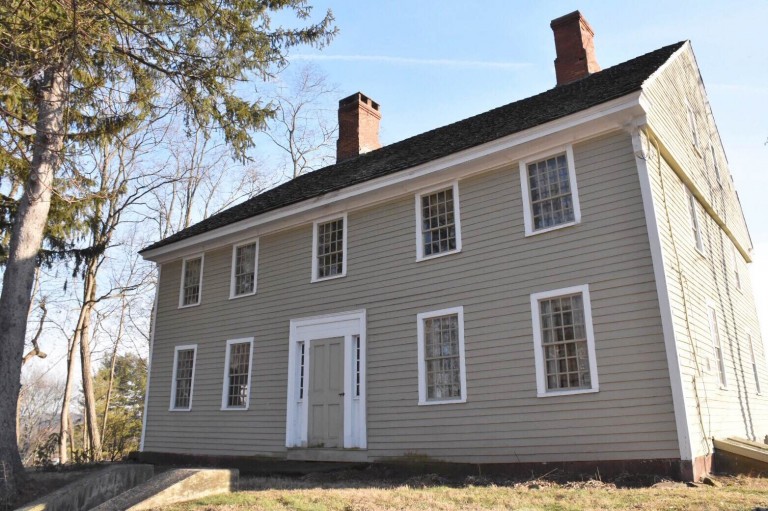




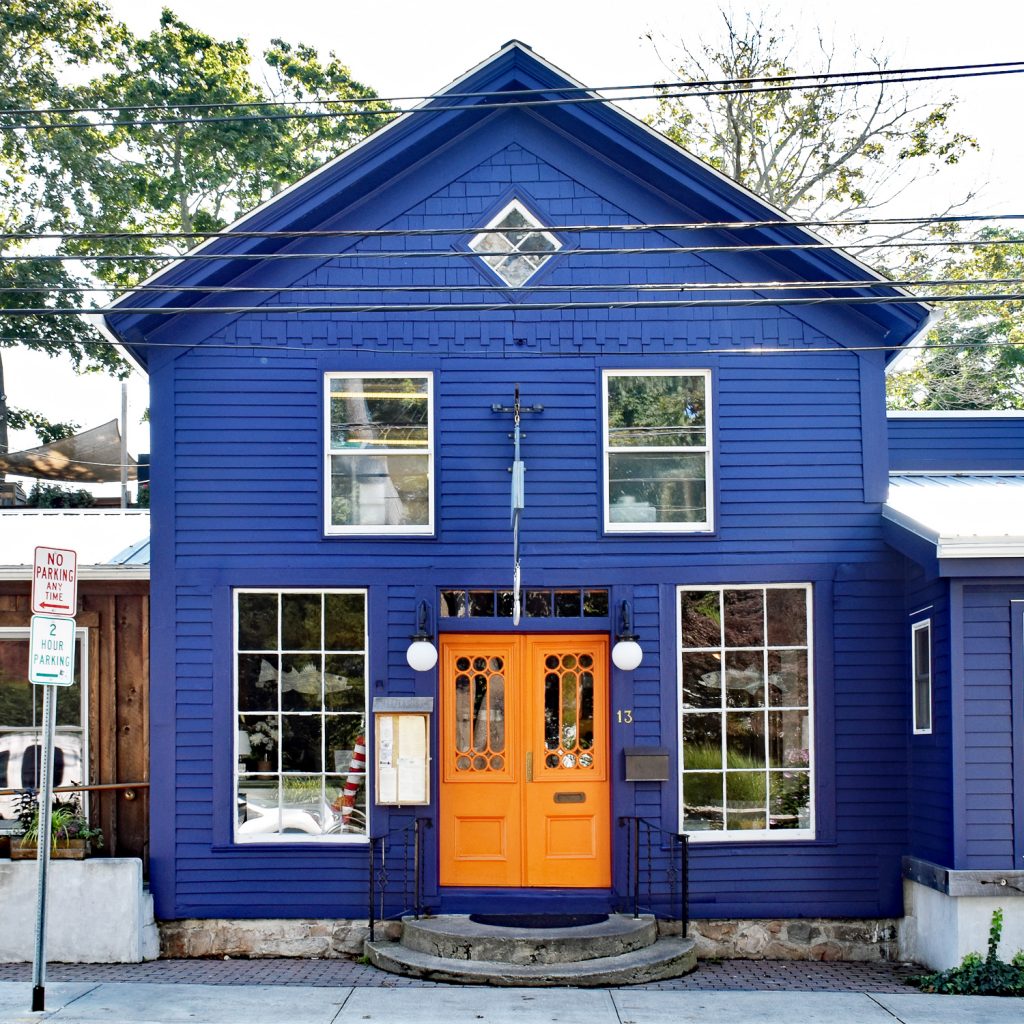
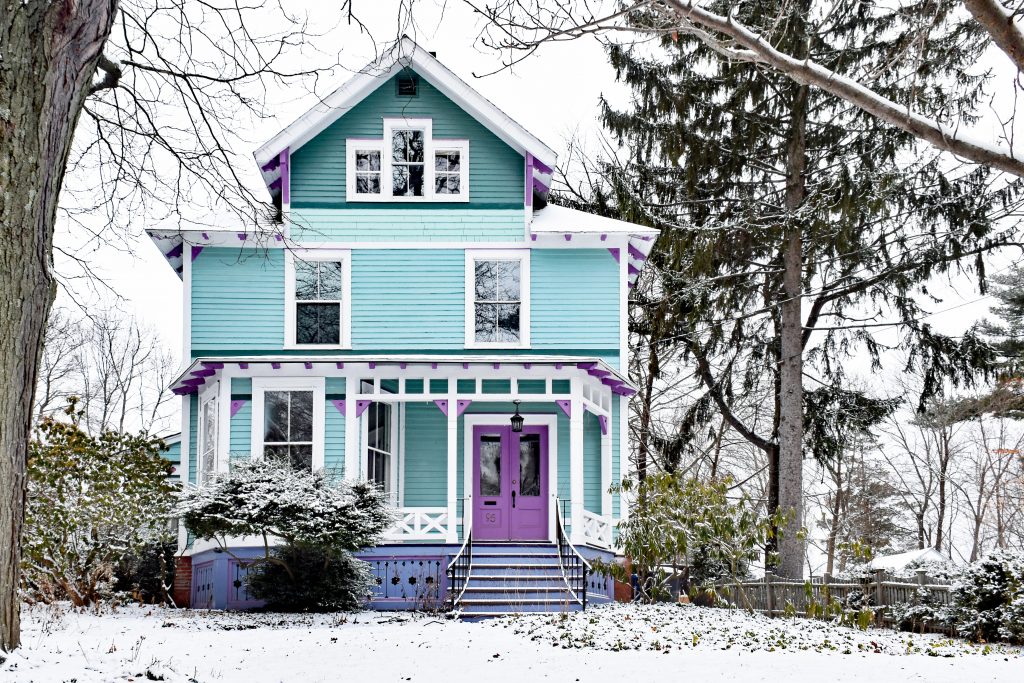
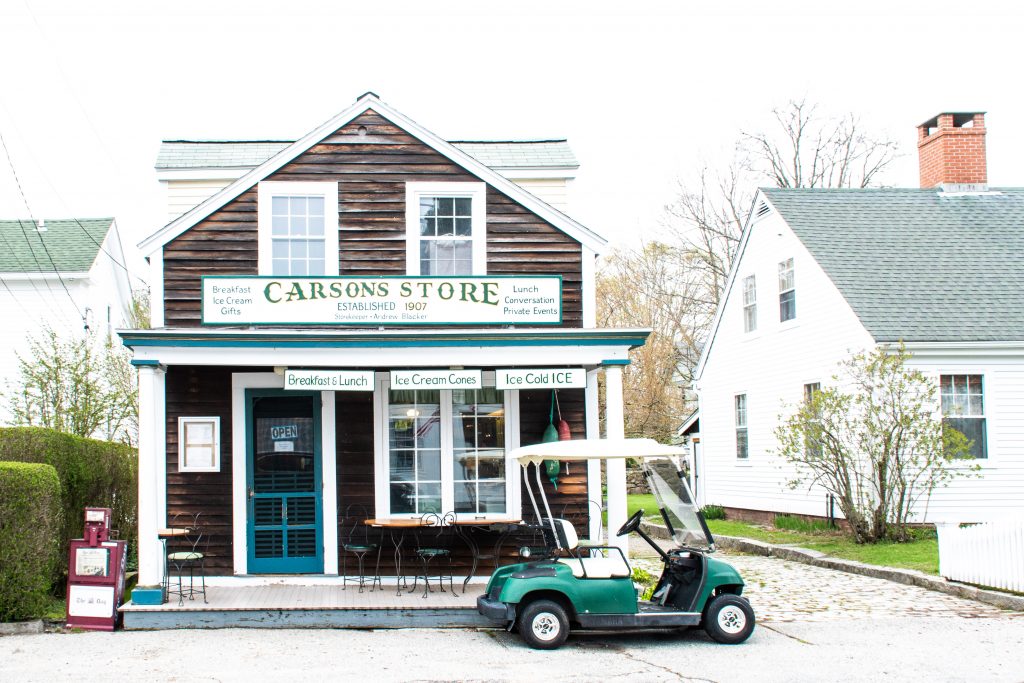
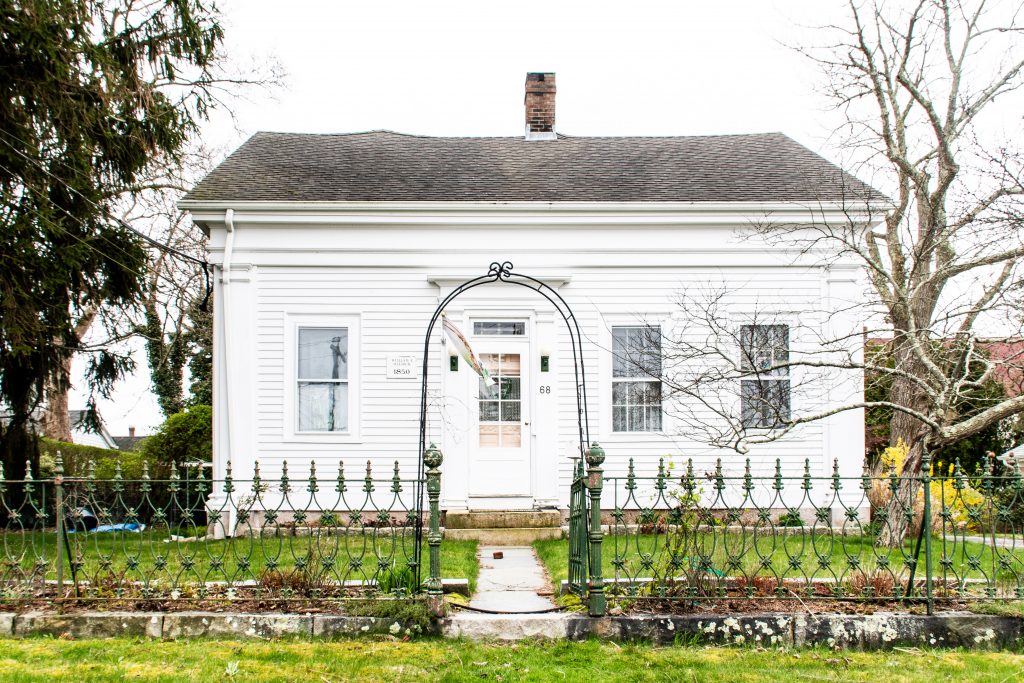
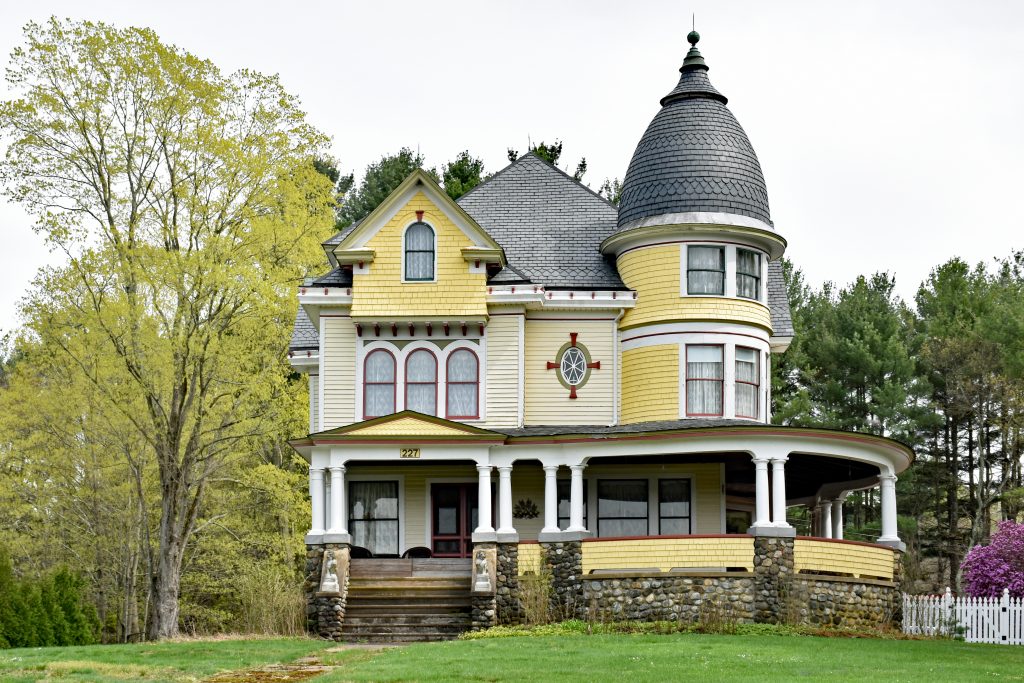
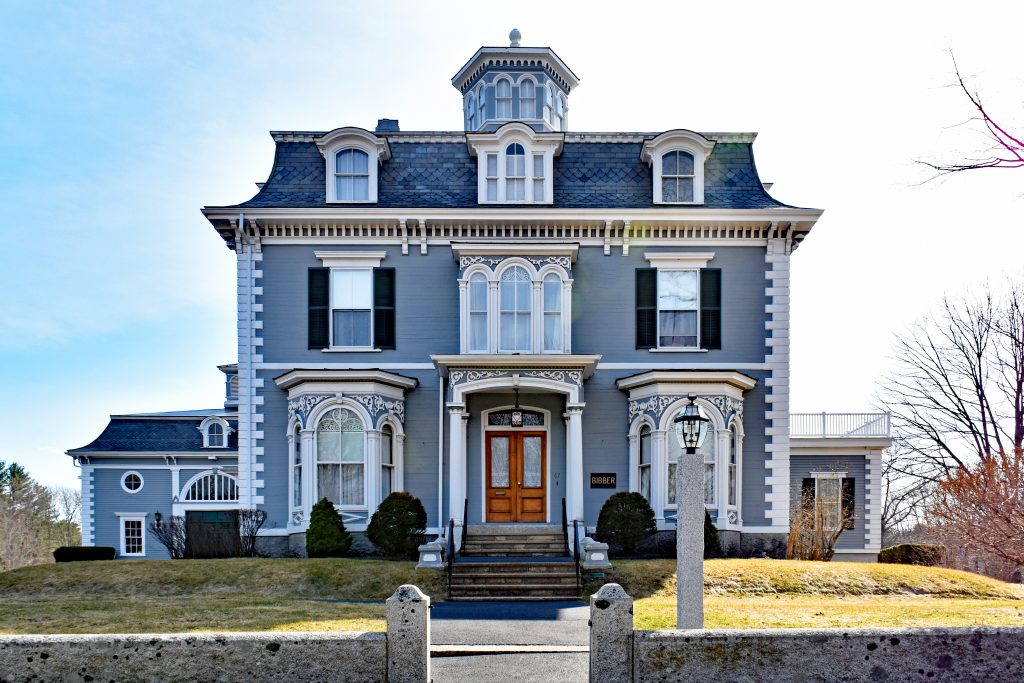
Somehow the title sounded intriguing, and I’m not disappointed! Beautiful architecture!
Thanks so much for reading and commenting! It is a wonderful place!
What a beautiful tour and post. The Stowe and Twain houses are on my must see list. I lived in Connecticut for four years and never got to them.
Thank you John! I have been to the Twain house many times and honestly can’t believe I hadn’t been to the Stowe house. I think so many of us ignore things in our own backyard!
What a beautiful place! I’m amazed you’d never gone. I also never had any idea it was near Twain House! What a delightful double visit that will make for me one day!
I didn’t know so much about Mrs. Stowe, how interesting! As always, thanks for sharing!
You are welcome Joey! I’m amazed I had never gone – have been to the Twain house countless times. Both are treasures in their own unique way. A great way to spend an afternoon in Hartford, for sure!
Thanks for such an informative post and beautiful photos, Deb. I felt I was touring alongside you as I read it.
Thank you Jean! I’m so glad you enjoyed it. A really lovely place.
We actually visited this lovely home a few years ago. I was shocked when I realized we could park the car and see both her house and Mark Twain’s. So glad we stopped. 🙂
I know! Definitely a great 2-for-1 stop!! So glad you were able to visit both.
This is definitely one of our treasures here in CT. Nice job Deb!
Thanks, Dan – was excited to learn so much more about it!